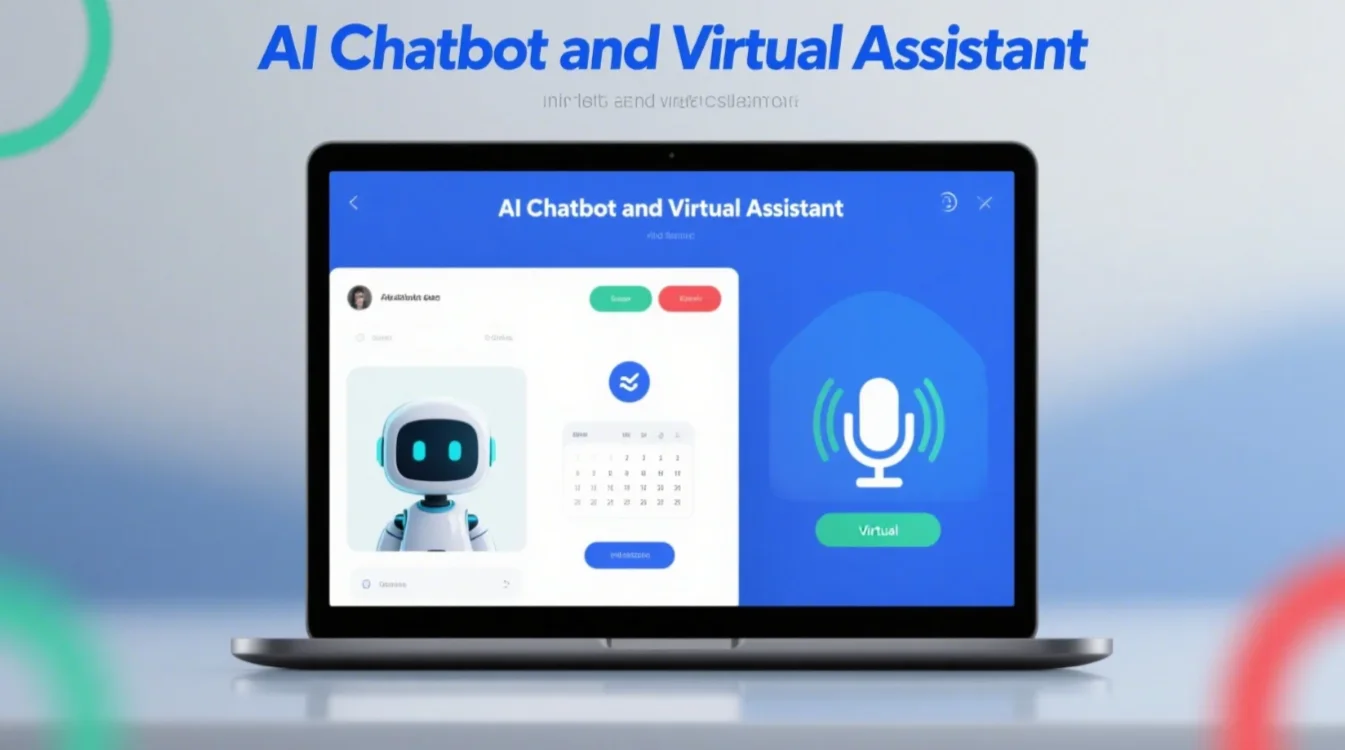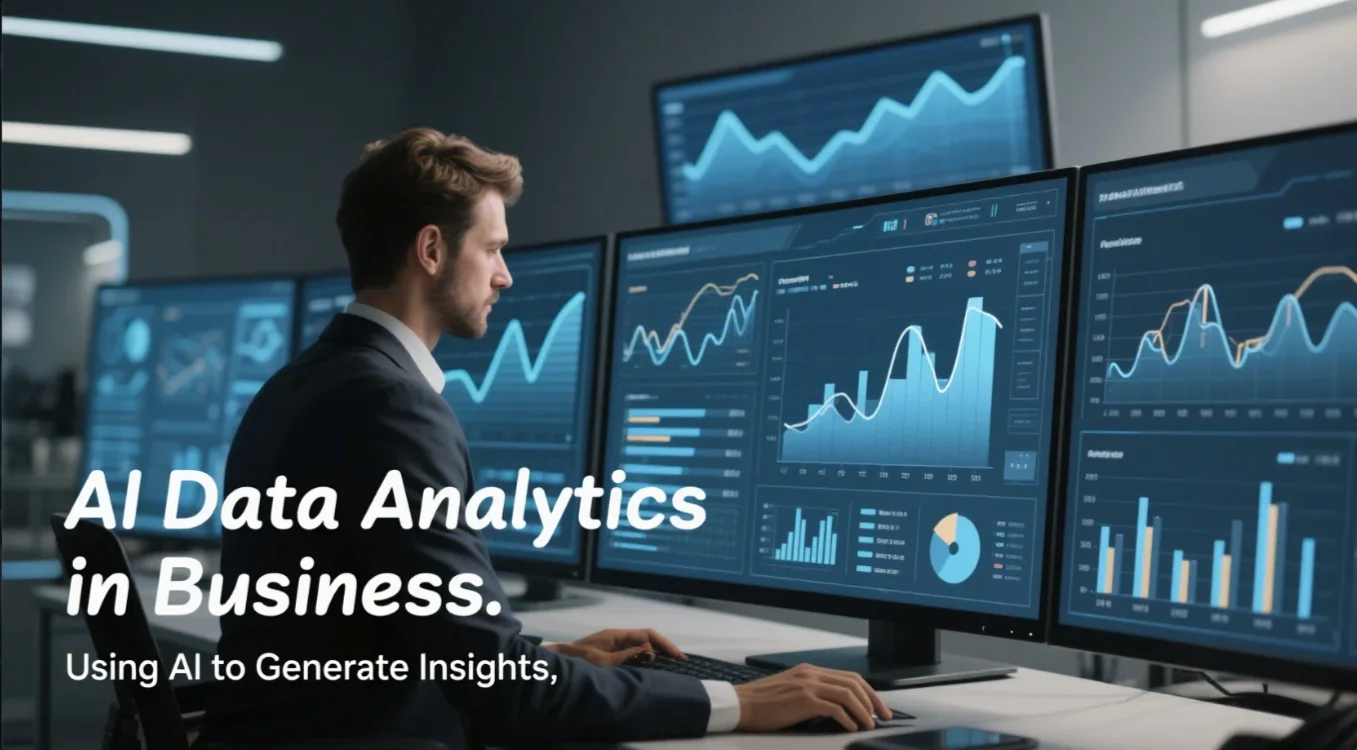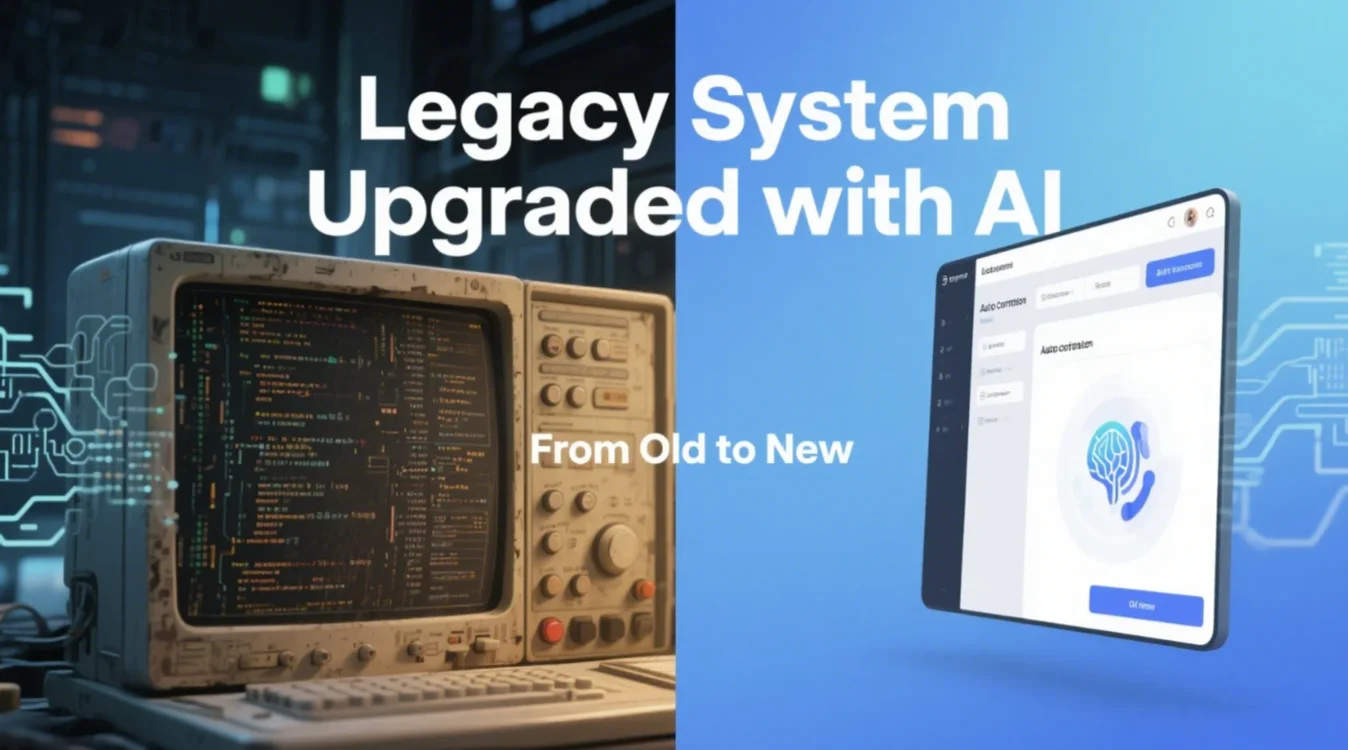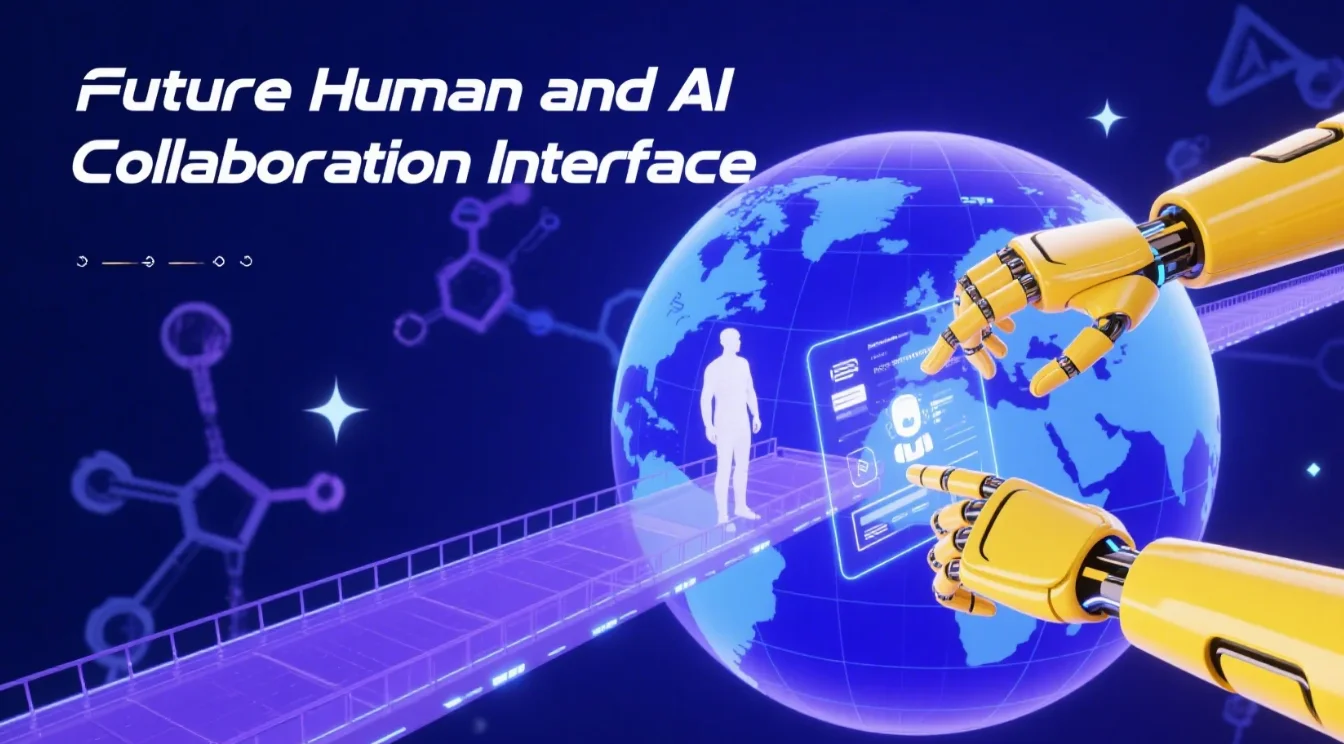


Fig. 1: AI Generated image. AI Integration with Modern Business and Communication Systems.
In today’s fast-paced digital economy, integrating Artificial Intelligence into business systems is no longer optional—it’s transformative. AI integration empowers organizations by embedding intelligent capabilities into existing software infrastructure, enabling platforms to learn, adapt, and optimize performance in real time.

Fig. 2: A modern business dashboard with integrated AI features like graphs, predictive analytics, and real-time data feeds.
From upgrading CRMs with predictive lead scoring to enhancing ERP platforms with automated decision-making, AI is reshaping how organizations operate. Integration ensures that AI tools—like machine learning models, natural language processors, and neural networks—work seamlessly within traditional ecosystems.

Fig. 3: AI Generated image: A digital assistant interface with a human talking to a chatbot on a laptop.
Chatbots and virtual assistants represent some of the most immediate applications of AI integration. These tools enable 24/7 customer engagement, automate routine tasks, and support scheduling, reminders, and data retrieval, freeing teams for higher-level strategic work.

Fig. 4: AI Generated image: Business analysts reviewing AI-generated data
charts on large monitors.
Futuristic screens, trend lines, and statistical diagrams.
Beyond customer support, AI integration powers sophisticated data analytics engines that turn large datasets into actionable insights. With embedded machine learning, companies can detect anomalies, predict market trends, and tailor offerings with pinpoint accuracy.

Fig. 5: AI Generated image: A contrast of old system code on the left and
modern AI-enhanced interface on the right.
Visualization of transformation and upgrade process.
Successful AI integration demands more than just software updates—it requires secure data handling, user-centric interfaces, and smooth compatibility with legacy systems. Businesses must strategically plan these integrations to maximize ROI and long-term adaptability.

Fig. 6: AI Generated image: Human interacting with AI.Blend of robotic
hand and
human hand connecting over a digital globe.
The future of AI integration lies in intelligent collaboration—where AI enhances human decision-making through intuitive interfaces and predictive intelligence. As organizations align human expertise with machine learning, they unlock powerful capabilities for innovation and growth.
© 2025 HoqueAI. All rights reserved. | Privacy Policy